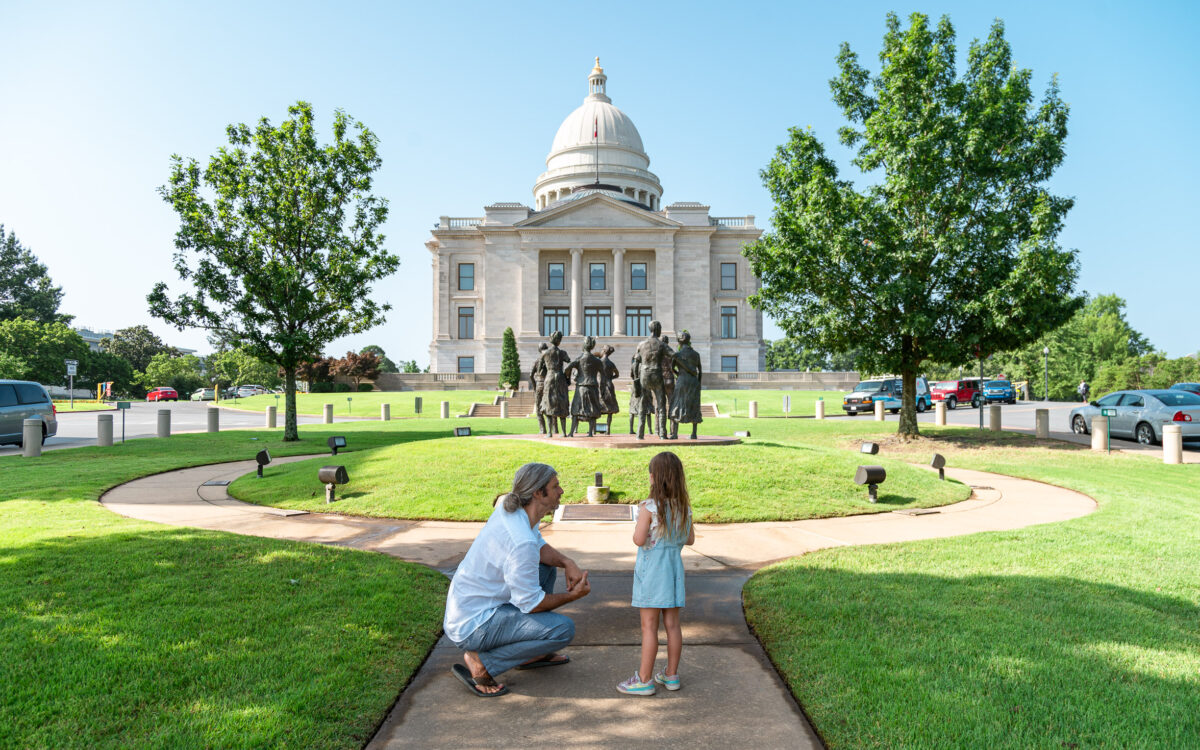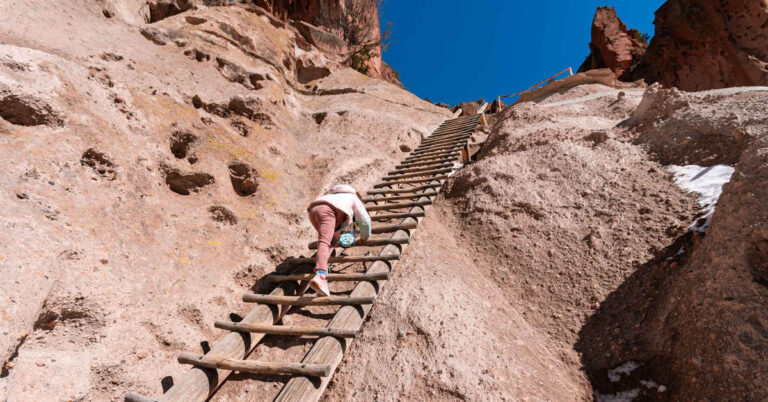I’m not sure I knew of a best way to communicate race and ethnicity to a preschooler, but, this summer it became necessary to try. As this Sesame Street special states, “Children look to their families with love and trust to guide their understanding about their place in this great big world.”
So, after some research and the timing around our relocation from Los Angeles to Florida, we planned our cross-country road trip to include stops at historical sights so we could show not just talk to Augustine about fairness, differences and Civil Rights.
As I’m typing this, I realize that this road trip and these conversations probably had a more profound impact on Jade and I than Augustine, but know that because of that impact, Augustine will benefit greatly from our learnings in the long term.
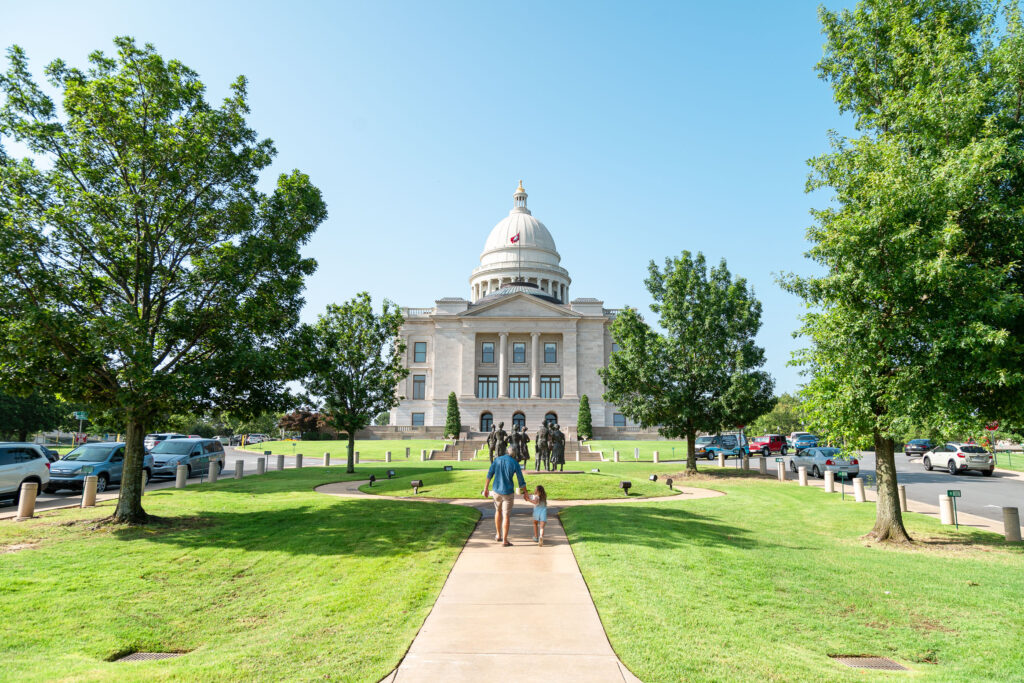
Jade read this article in Parents magazine earlier this summer, about how to talk to your kids about race at every age. Allison Briscoe-Smith, Ph.D., a clinical psychologist in Berkeley, California, stated “Little kids are very attuned to what’s fair and not fair. That’s a strong basis for discussing injustice.” It also talked about letting your child be your guide, if they bring up stuff, talk about it. And it doesn’t have to be something long and drawn out- simple and honest are the best approaches.
At only 4 years old though, barely 4.5 when the 2020 protests began, I feel that we were only very recently at an age where we could have this sort of conversation.
I never expected this family trip to leave Augustine with the ability to fully grasp the Civil Rights movement or the general fight for equality. What I did hope was that she would end up with some building blocks for later in life.
Planning
We started with two dots on the map – Central High School National Park in Little Rock and The Civil Rights Museum in Memphis, both located along Interstate 40. With that route in mind, we started researching the Civil Rights Trail.
Knowledge Preparation
Jade did research about how to discuss race with preschoolers which lead to her bringing in more books featuring protagonists of color to our nightly reading. (Some of our favorites include: The Hike, When Grandma Gives You a Lemon Tree, The Magical Yet, Carmela Full of Wishes, Ways to Welcome, and Kindness is a Super Power!) Also, like I mentioned before, living in LA it was impossible to miss the Black Lives Matter signs hung in store windows and held along roadsides. So we had already been talking to Augustine about the basics of racism in America through the lens of fairness and tolerance before starting out.
The Trip
As we began our trip East, we had 3 cities plotted out on our itinerary. The first was to be in Little Rock, AK, but then Oklahoma City surprised us.
Oklahoma City, Oklahoma
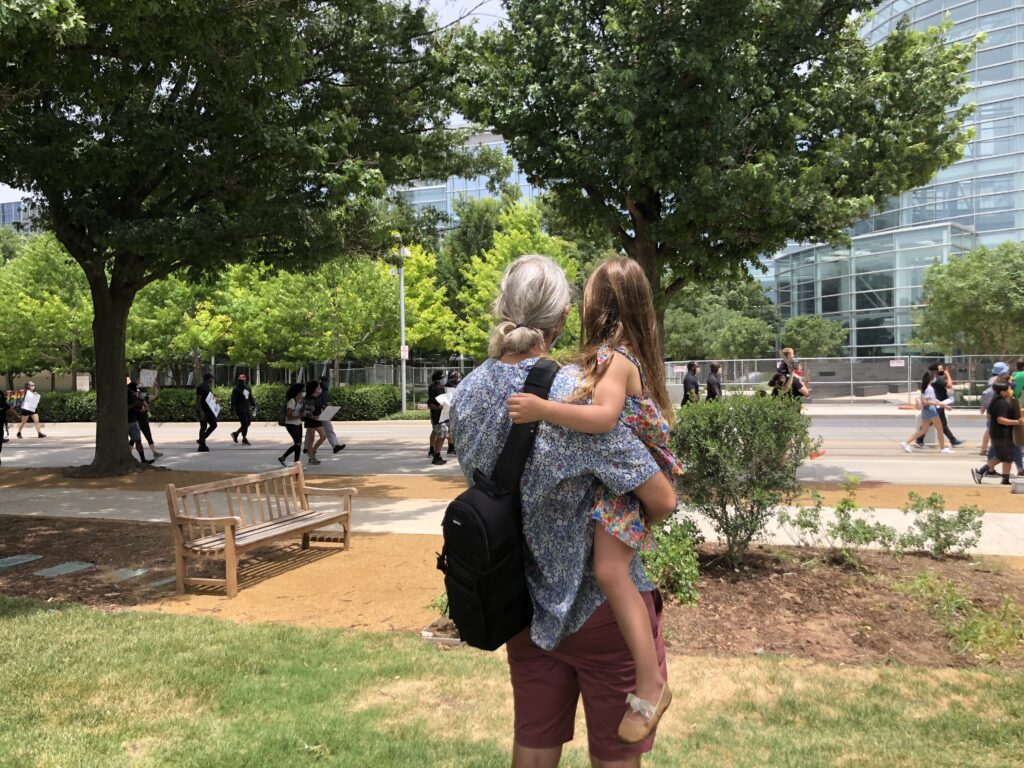
Augustine’s first protest march was unexpected. As we were leaving Oklahoma City’s Myriad Botanical Gardens – we ran into a police escorted march crossing through the center of downtown.
Unlike the signs hung in windows, this brought out more specific questions from Augustine. Why are there police? What do the signs say? Why are these people shouting?
Knowing that we were only a few days away from arriving at our first planned Civil Rights site, we took this as an opportunity to refresh Augustine’s memory about ‘fairness’ and ‘safety’. Most of her questions became about the presence of the police escort. Since her entire understanding of the police is that they get bad people it took some work to get her to understand that police are there to help good people too and make sure communities as a whole are safe.
I hoped that from this march and the other signs and protest pieces we had seen, Augustine would take away the idea that if you believe in something – you should stand up for it and that we live in an amazing country that tries to make that possible.
*OKC is also building the Clara Luper Civil Rights Center, set to open in late 2021.
Little Rock, Arkansas
Little Rock had been on my radar since reading ‘Warriors Don’t Cry‘ in high school. Something about Central High School serving as a massively iconic monument for integration while still being open as a public school always struck me as captivating. But, before we jumped into integration, we wanted to give Augustine some historical context.
In our research we found several other Civil Rights sites in the Little Rock. Ultimately, we divided our visit into three stops, lining them up to give Augustine (and us) the best opportunity to understand what lead to and what happened in the 50s/60s.
The Mosaic Templars Cultural Center
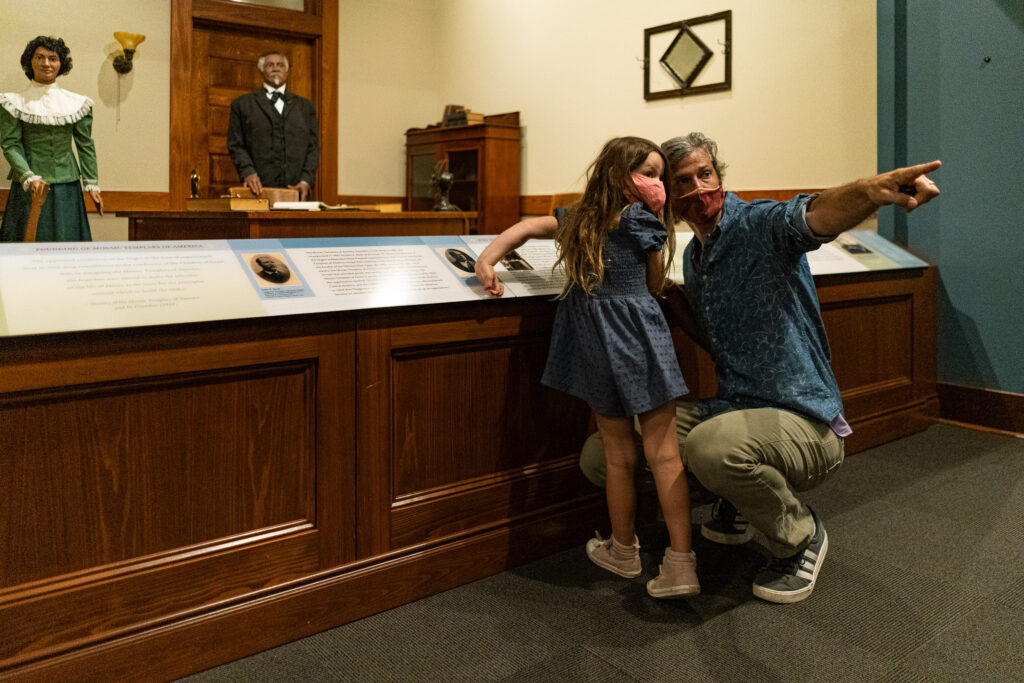
“Established in 2001 with the mission of telling the stories and honoring the experiences of Black and African-Americans in Arkansas” this smaller museum was a good gateway for us to delve into the history of African-Americans from the turn of the 20th century.
The museum is full of models, dioramas and memorabilia. At first, we learned about the hard work the community put in to build a strong black-centric business area (9th Street). Then we saw how it was unfairly taken away. Super easy to understand, and we could relate the experience directly to things that have happened to Augustine on the playground or in school.
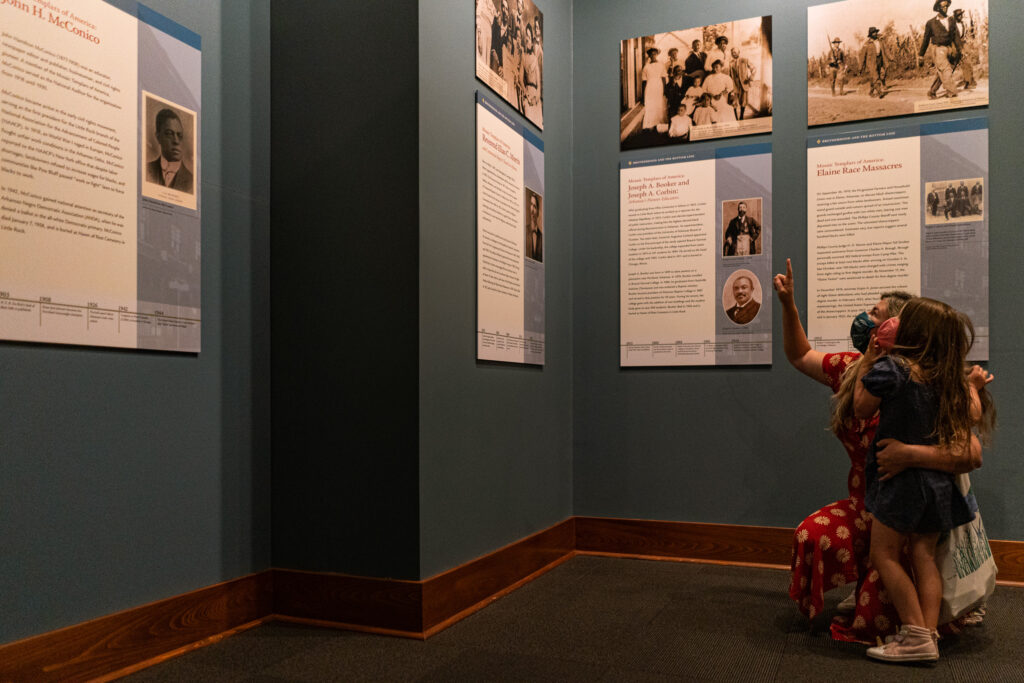
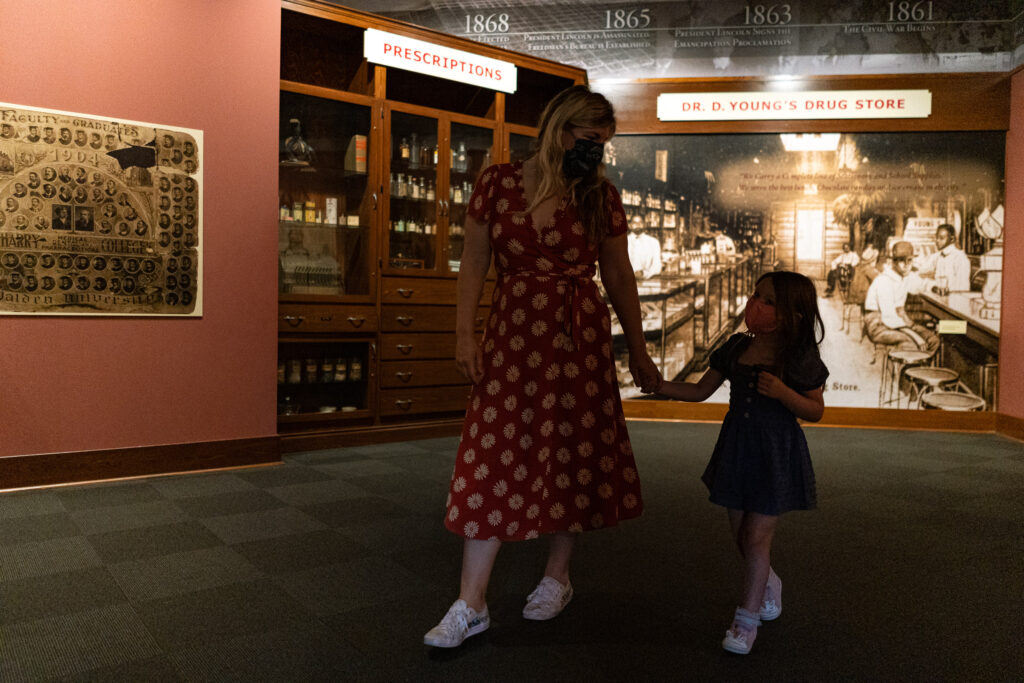
Immediately upon arriving at Central High School, I felt the thing about the school that books and pictures have trouble conveying – this place is imposing and, even when completely empty, Central High School is intimidating.
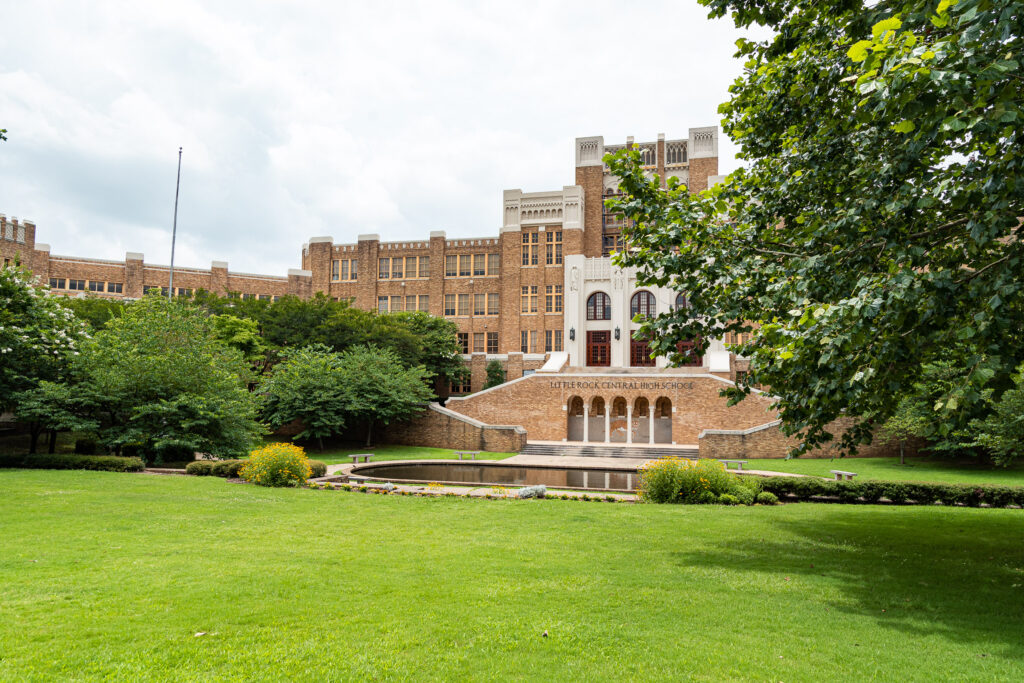
In case you don’t know, Central High School is the site of the Little Rock Nine’s school integration – the first integration of a public school in Arkansas. It was messy. It involved both the national guard and the US Army’s 101st Airborne. Most of all it involved 9 kids trying to go to school.
As I mentioned, I first read “Warriors Don’t Cry” in high school. The book is a first person account of integrating Central High, and it made this school grounds one of the keystones in my understanding of the Civil Rights movement. So, as I walked along the sidewalk Daisy Bates shuffled down, our guide outlining the attacks raining down on her from the surrounding mob, I got chills. I’ll never forget this.
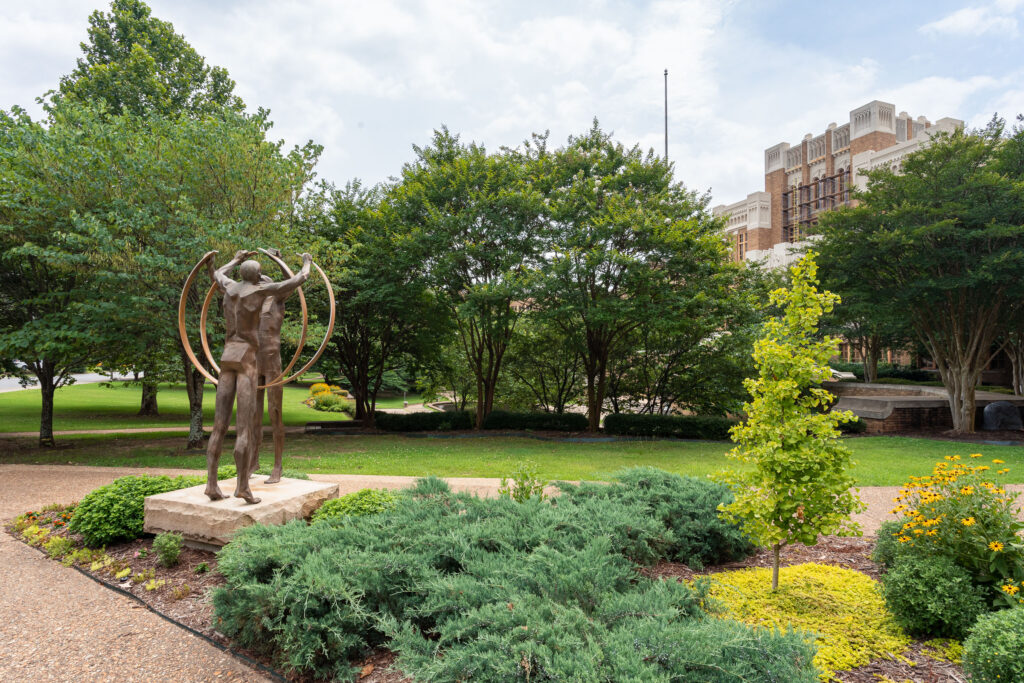
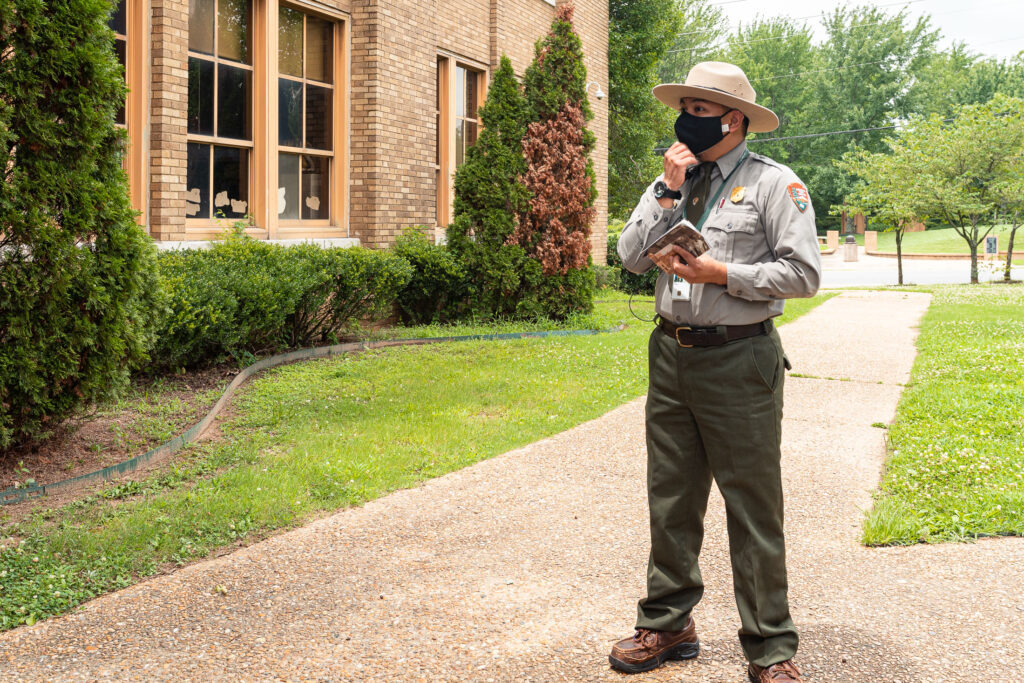
I think this stop is a great example of giving Augustine something to build on as she learns and studies more in the years to come. On the tour, Jade and I roughly translated the story to her using blanket words like ‘mean’ and ‘nice’, which helped her grasp the history a bit more.
Tip : Visiting here is the perfect companion to reading ‘Warriors Don’t Cry’. The National Park tour covers the time leading up the integration and then more or less skips to the following school year – what’s known as ‘the lost year’. Meanwhile, the book fills in the lives of the nine kids while they attended Central High School following integration.
It’s impossible to leave this experience and not want to be apart of change for our children’s future. You’ll stay awake at night wondering what more you can do to make sure no one feels like these teenagers did. I truly feel like this should be a required experience for all Americans.
Testament : The Little Rock Nine Monument

I was awestruck by Testament from the second I saw it – the faces of the Little Rock Nine children staring up at the Governor’s Office window. To me, it’s incredibly impactful. I can’t imagine working at the Arkansas State Capital and not feeling the weight of these eyes pushing for a better tomorrow.
Though this monument will always be one of the most memorable moments from our stay, I didn’t even know about it until we were nearly done planning our trip. It wasn’t unveiled until 2005, 52 years after the school integration.
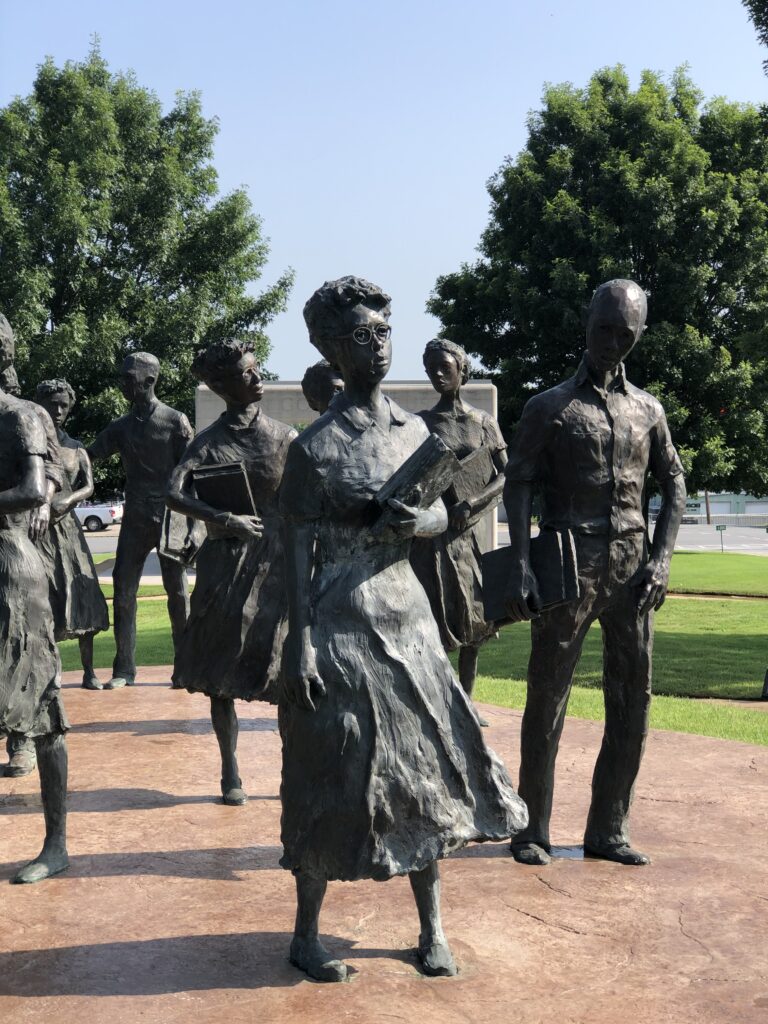
More than Central High School alone, Augustine was moved by these statues – maybe because they looked like people which made them more relatable. I also think, more than the Central High Tour, Jade and I talking her through the story of the Little Rock Nine beside this monument made a greater impact in her overall understanding of what had happened.
Memphis, Tennessee
We were in Memphis for about five hours and we were only there for one thing – the National Civil Rights Museum, a museum experience built around the Lorraine Motel.
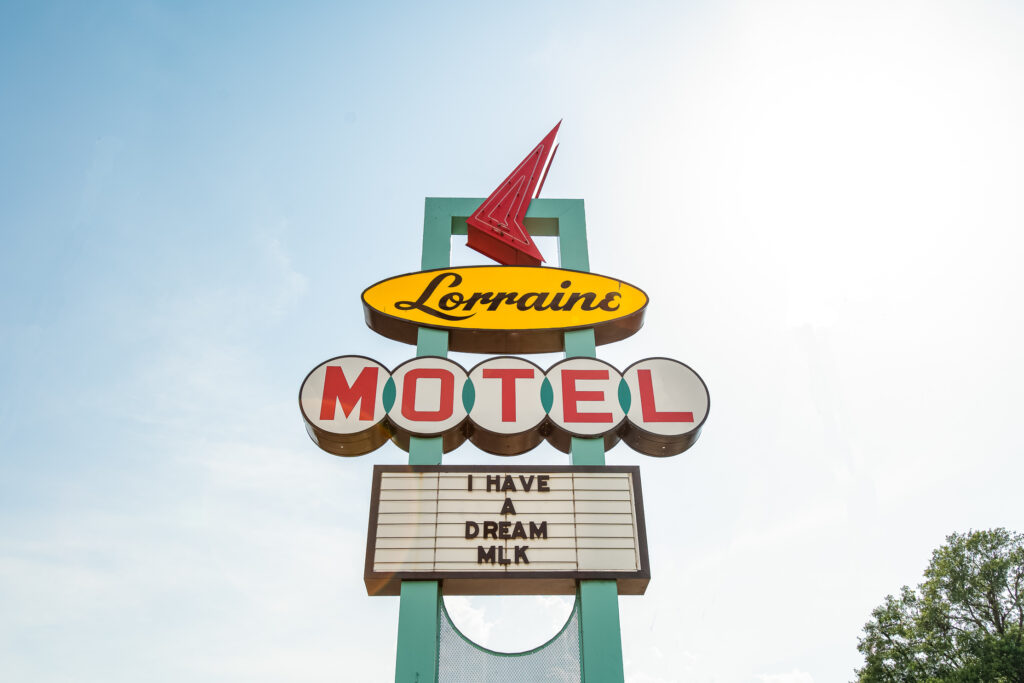
What I thought was going to be a somewhat modest museum is actually an expansive deep dive into US race relations from the 1700s onward. The building is THE motel where MLK was shot and killed. Knowing that and its importance does not leave you for one second as you walk through each exhibit.
As an adult, walking through the memorabilia, displays, and interactive exhibits, it gave more nuance to my understanding of the Civil Rights movement. But it was very interesting to see it all through Augustine’s eyes.
Having only been lightly introduced to the history of racism in the US, Augustine hadn’t grown accustomed or desensitized to anything. Each exhibit came as a fresh surprise and so her museum tour was a series of visceral reactions.
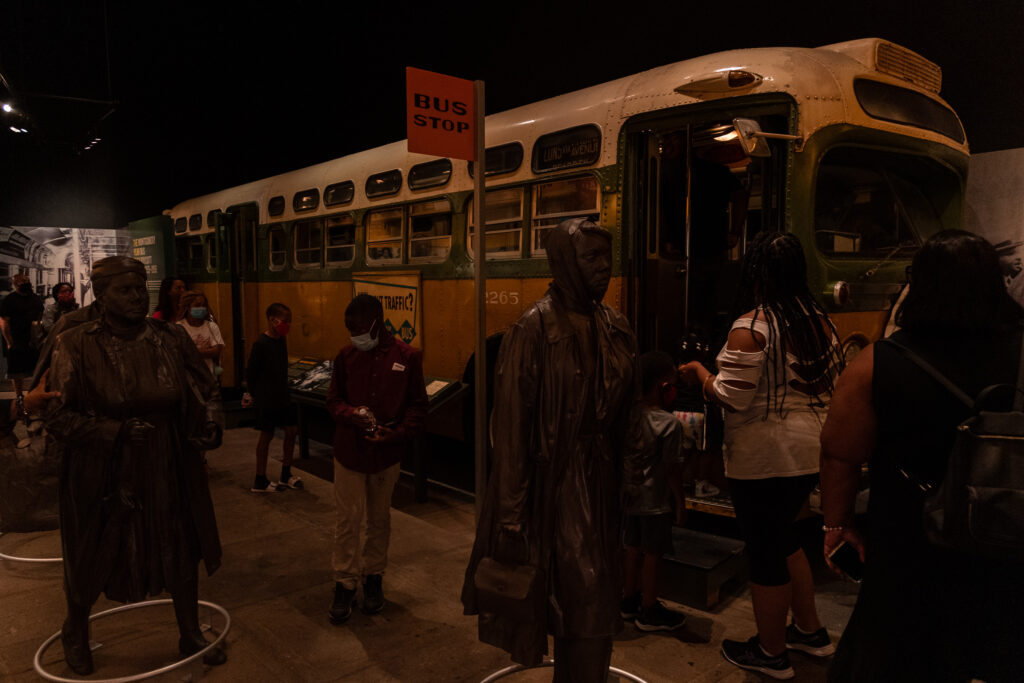
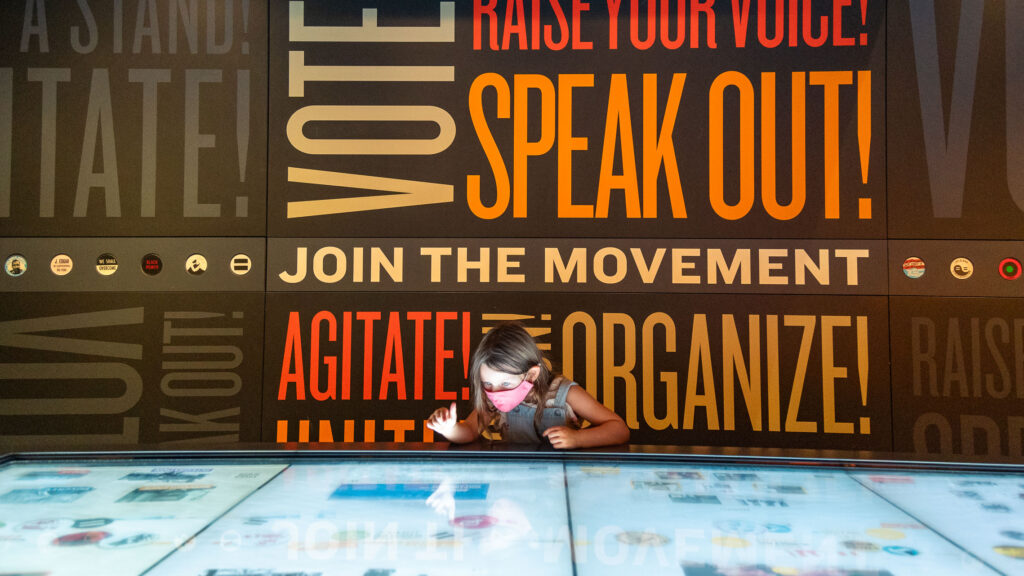
I will never forget walking into a room full of colorful displays depicting the unsung heroes of the Civil Rights movement, but Augustine stopping dead in her tracks. She was looking up at something I’d only noticed in passing, a Klan Outfit hung from the ceiling. She was scared. To me, the Klan gown and hat have been part of the world for so long that I’ve grown numb to the fact that their intention was to be and is terrifying.
The display that surprised us all was the Rosa Parks interactive bus. Watching Augustine’s confusion about being told where to sit redefined and refreshed my feelings about an event that had nearly become a parable.
All this shock, the gut reactions, the confusion, I hope it stays in Augustine’s mind somewhere. So that when she comes to study the history of America, her first interaction with our checkered past won’t be sterile photos laid out in a book but instead her fight-or-flight reactions from these interactive exhibits.
Columbia, South Carolina
While we debated driving through Alabama and/or Georgia, we choose instead to explore other elements of Black history outside of the Civil Rights movement. This lead us to a newly rewritten historical tour in Columbia, SC, which, instead of lionizing the Antebellum South, took time to depict the lives of everyone living and working on the grounds.
Hampton-Preston House and Gardens
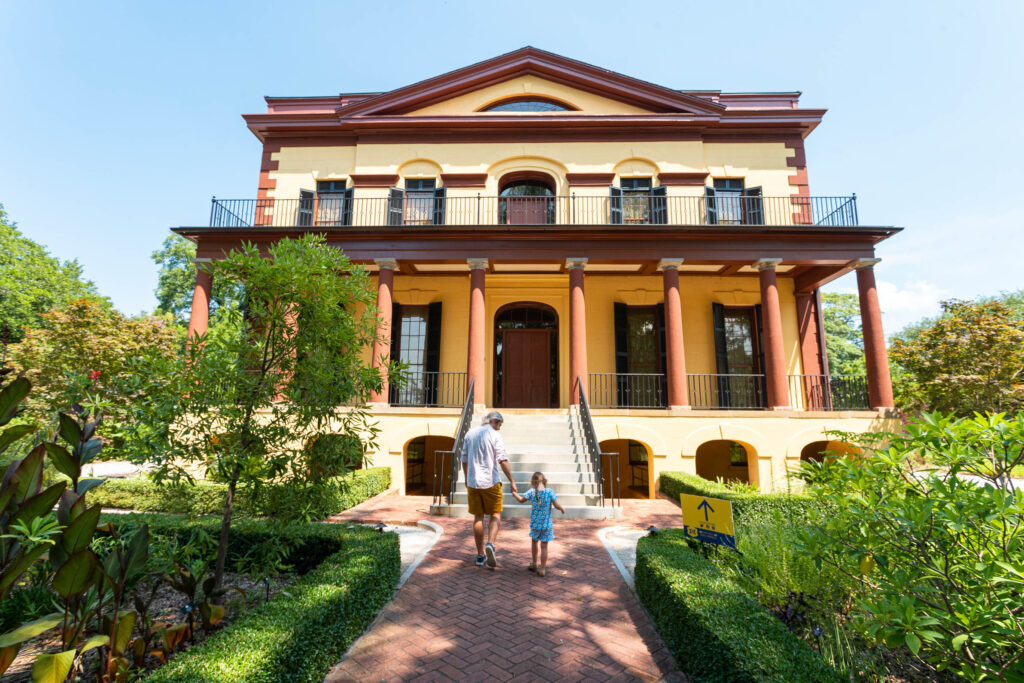
Having grown up in the South, historical home tours were staples of my yearly curriculum. In the past five years, as Jade and I have explored Historic Southern homes and plantations in places like Franklin, Tennessee and Baton Rough the story told at these types of homes has changed significantly. It’s clear there is an effort to tell a more realistic version of the story of Southern Life – even as that means challenging guest expectations*.
*One specific example is the section of the tour that touches on the causes of the Civil War and even goes so far as to show the South Carolina Articles of Secession – highlighting slavery as the main factor.
The Hampton-Preston House and Gardens tour manages to reconcile the two stories – free life and enslaved life at the mansion – seamlessly making it an immersive, educational experience. Some of the most interesting segments of the tour actually came towards the end when the house and grounds moved into the Reconstruction Period and then to the new century. It’s clear from the tour that the team behind the museum spent a lot of time researching and compiling new and extensive information that draws lines from the turn of the century to modern times – including sourcing the roots of many antebellum half-truths that can be traced directly back to the inhabitants of the house.
While in Columbia, we also walked the Columbia 63 Walking Tour, a tour that starts near the capitol building and down one of the main streets in the city. Each marker depicts another significant moment in South Carolina’s Civil Rights history, telling stories that help us learn and move forward together.
…The Last Mile
This road trip was a different experience for each of the three of us. The one common impact was that it gave us all something concrete to remember and more of a foundation on which to continue building.
If I were planning this, knowing what I know now, I’d make a point to remember that plaques and historical markers don’t feel much different than reading about the sites in a book. It’s the physical experiences that are the most impactful. We will definitely search out these learning opportunities as we plan future trips.
As for Augustine, she is still asking a lot of questions and we are answering them as best we can. Overall I think this was a really positive experience though. Never did she say she was bored. I was afraid to begin the conversation, but, having ripped off the bandaid, I think maybe it was great to start talking about the complicated history of America now. When these issues come up for her as she begins school, none of this will blindside her and maybe that will make her better able to have conversations with her peers and help spread more kindness, compassionate and understanding.
One interesting side effect is, as we were researching this trip, we actually found out how much additional American history we don’t know very much about at all. When you think about it, and how traditional schooling ends at such an early age, it’s no wonder we all still have so much to learn about our own country. Traveling has always been a way to escape, explore and learn about other cultures, but we should also look at it as a way to learn more and have a greater understanding of our own country.
